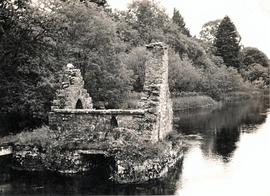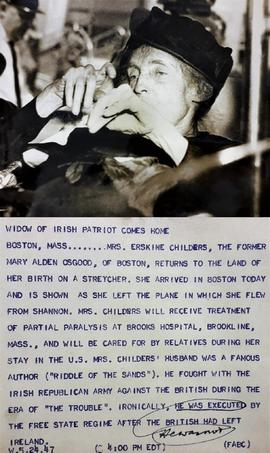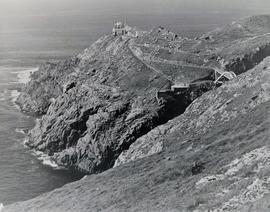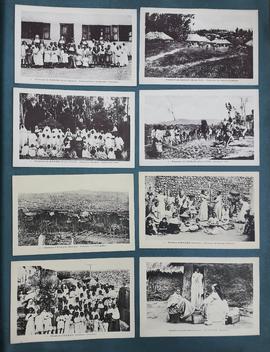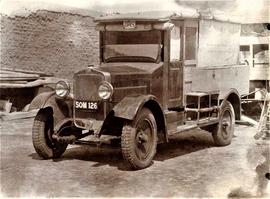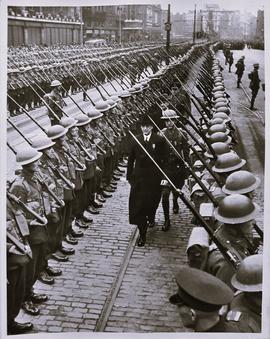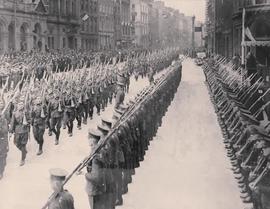Monk’s Fishing House, River Cong, Mayo
- IE CA CP/1/1/1/2/10
- Part
- c.1940
Part of Irish Capuchin Archives
A view of the Monk’s Fishing House on the River Cong in County Mayo in about 1940. Situated not far from the site of the former Augustinian Abbey of Cong, this small stone structure probably dates to the early sixteenth century. The fishing house is located on an island on the River Cong leading towards nearby Lough Corrib. It is built on a platform of stones over a small arched opening which allows the river to flow underneath the floor. A trapdoor in the floor is thought to have been used for a net to catch fish. It is believed a line connected the fishing house to the monastery kitchen to alert the monks to a fresh catch.

